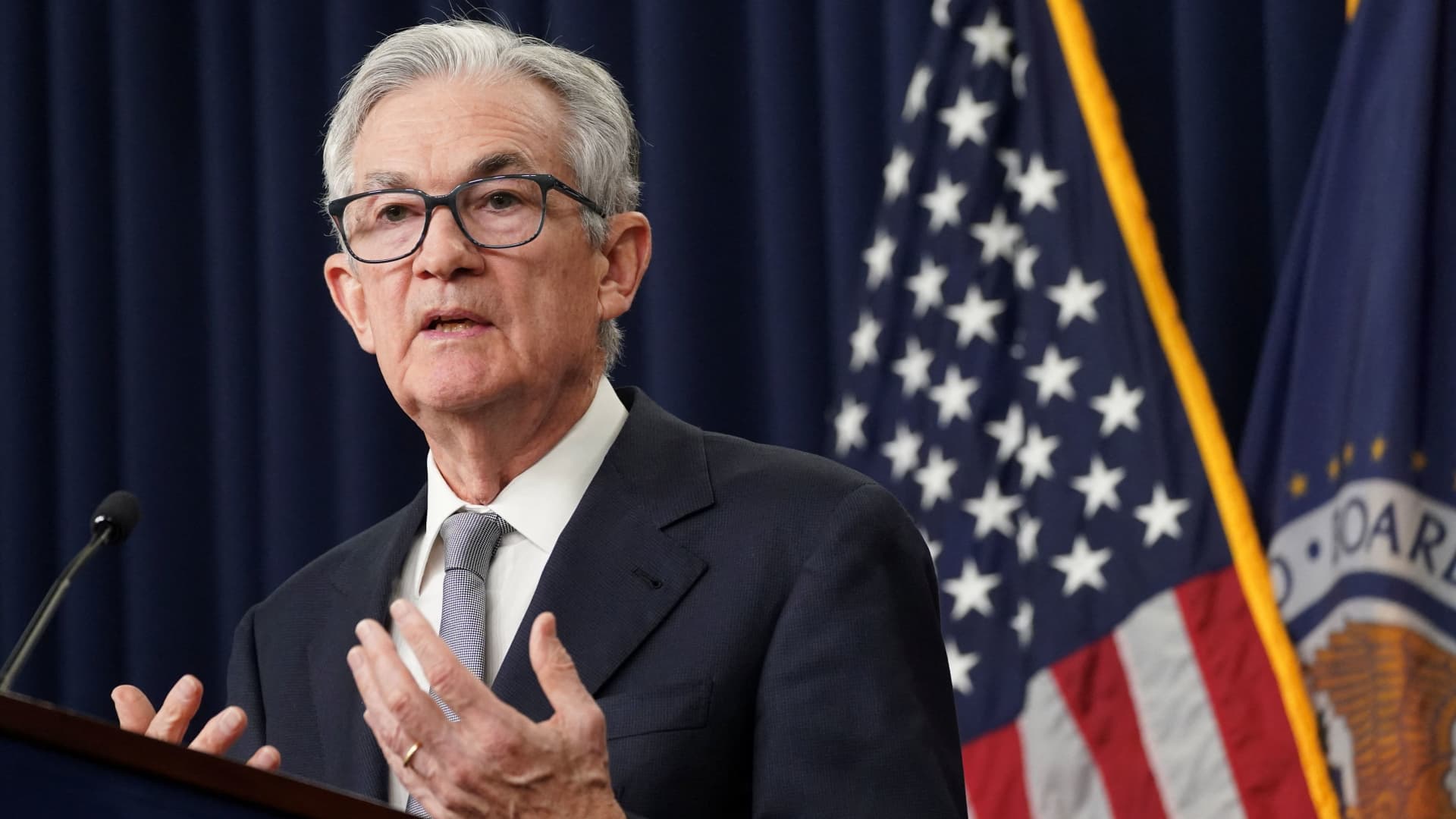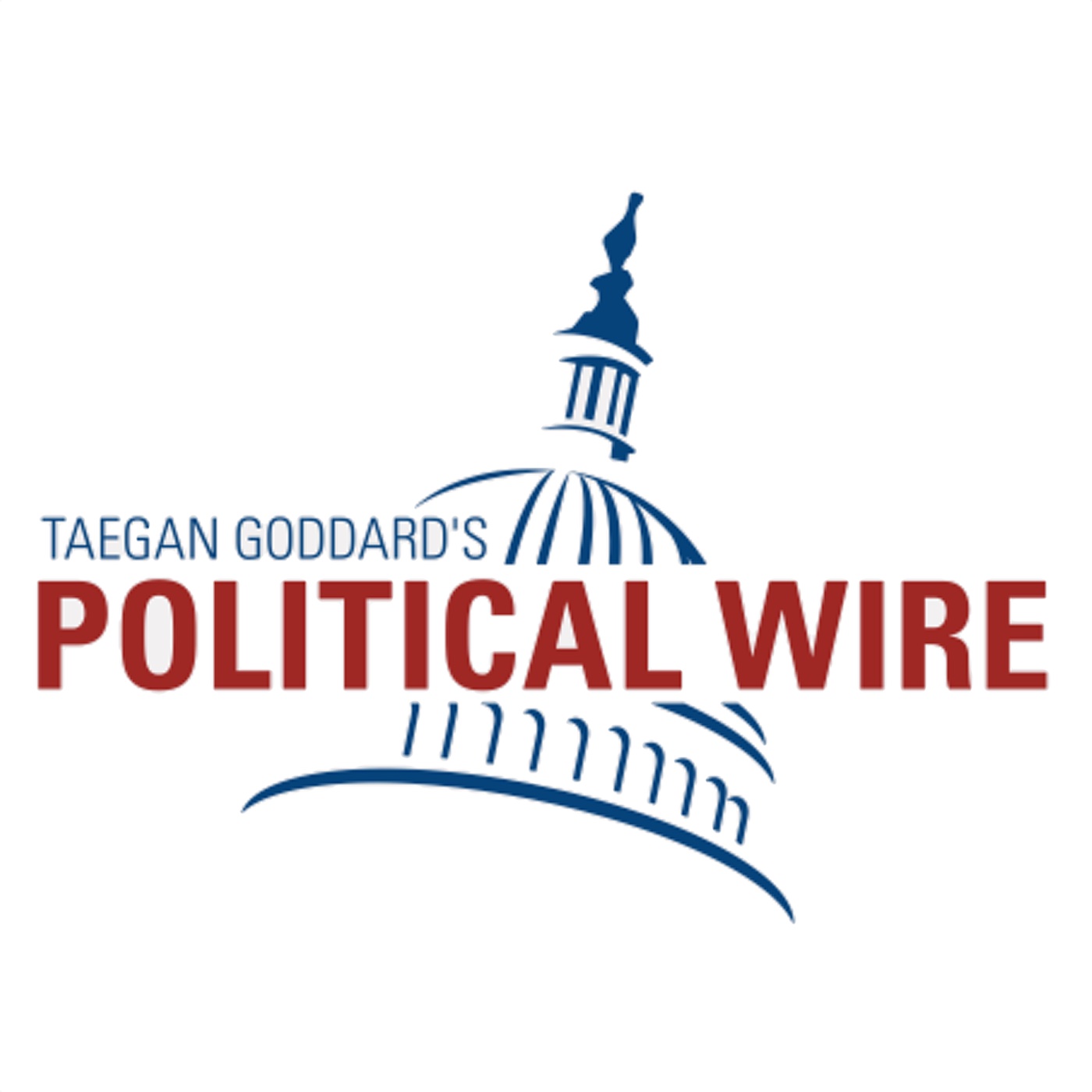The Federal Reserve on Wednesday once more held benchmark rates of interest regular amid a backdrop of a rising financial system and labor market and inflation that’s nonetheless properly above the central financial institution’s goal.
In a extensively anticipated transfer, the Fed’s rate-setting group unanimously agreed to carry the important thing federal funds price in a goal vary between 5.25%-5.5%, the place it has been since July. This was the second consecutive assembly that the Federal Open Market Committee selected to carry, following a string of 11 price hikes, together with 4 in 2023.
The choice included an improve to the committee’s common evaluation of the financial system. Shares rallied on the information, with the Dow Jones Industrial Common gaining 212 factors on the session.
“The method of getting inflation sustainably right down to 2% has a protracted method to go,” Fed Chair Jerome Powell mentioned in remarks at a information convention. He harassed that the central financial institution hasn’t made any selections but for its December assembly, saying that “The committee will at all times do what it thinks is suitable on the time.”
Powell added that the FOMC will not be contemplating and even discussing price reductions at the moment.
He additionally mentioned the dangers across the Fed doing an excessive amount of or too little to combat inflation have change into extra balanced.
“This indicators that whereas there’s a potential threat for the Fed to do extra, the bar has change into increased for price hikes, and we’re clearly seeing this play out with two consecutive conferences of no coverage motion from the Fed,” mentioned Charlie Ripley, senior funding strategist at Allianz Funding Administration.
Financial system has ‘moderated’
The post-meeting assertion had indicated that “financial exercise expanded at a powerful tempo within the third quarter,” in contrast with the September assertion that mentioned the financial system had expanded at a “strong tempo.” The assertion additionally famous that employment positive factors “have moderated since earlier within the 12 months however stay robust.”
Gross home product expanded at a 4.9% annualized price within the third quarter, stronger than even elevated expectations. Nonfarm payrolls development totaled 336,000 in September, properly forward of the Wall Road outlook.
There have been few different adjustments to the assertion, apart from a notation that each monetary and credit score situations had tightened. The addition of “monetary” to the phrase adopted a surge in Treasury yields that has prompted concern on Wall Road. The assertion continued to notice that the committee remains to be “figuring out the extent of further coverage firming” that it might want to realize its objectives. “The Committee will proceed to evaluate further info and its implications for financial coverage,” the assertion mentioned.
Wednesday’s determination to remain put comes with inflation slowing from its fast tempo of 2022 and a labor market that has been surprisingly resilient regardless of all of the rate of interest hikes. The will increase have been focused at easing financial development and bringing a provide and demand mismatch within the labor market again into stability. There have been 1.5 out there jobs for each out there employee in September, based on Labor Division information launched earlier Wednesday.
Core inflation is at present operating at 3.7% on an annual foundation, based on the newest private consumption expenditures value index studying, which the Fed favors as an indicator for costs.
Whereas that has decreased steadily this 12 months, it’s properly above the Fed’s 2% annual goal.
The post-meeting assertion indicated that the Fed sees the financial system holding robust regardless of the speed hikes, a place in itself that might immediate policymakers into a chronic tightening stance.
In current days, the “higher-for-longer” mantra has change into a central theme for the place the Fed is headed. Whereas a number of officers have mentioned they assume charges can keep the place they’re because the Fed assesses the impression of the earlier will increase, just about none have mentioned they’re contemplating cuts anytime quickly. Market pricing signifies the primary lower may come round June 2024, based on CME Group information.
Surging bond yields
The restrictive stance has been an element within the surging bond yields. Treasury yields have risen to ranges not seen since 2007, the earliest days of the monetary disaster, as markets parse out what’s forward. Yields and costs transfer in wrong way, so an increase within the former displays waning investor urge for food for Treasurys, typically thought of the most important and most liquid market on the earth.
The surge in yields is seen as a byproduct of a number of elements, together with stronger-than-expected financial development, stubbornly excessive inflation, a hawkish Fed and an elevated “time period premium” for bond traders demanding increased yields in return for the danger of holding longer-duration fastened revenue.
There are also worries over Treasury issuance as the federal government seems to be to finance its huge debt load. The division this week mentioned will probably be auctioning off $776 billion of debt within the fourth quarter, beginning with $112 billion throughout three auctions subsequent week.
Throughout a current look in New York, Powell mentioned he thinks the financial system might need to gradual additional to convey down inflation. Most forecasters anticipate financial development to tail off forward.
A Treasury Division forecast launched earlier this week indicated that the tempo of development probably will tumble to 0.7% within the fourth quarter and simply 1% for the total 12 months in 2024. Projections the Fed launched in September put anticipated GDP development at 1.5% in 2024.
Within the wake of the Fed’s feedback, the Atlanta Fed’s GDPNow development tracker slashed expectations for fourth-quarter GDP virtually in half to 1.2% from 2.3%. The gauge takes in information on a real-time foundation and adjusts its estimates with the newest info.
Whitney Watson, co-CIO of fastened revenue and liquidity options at Goldman Sachs Asset Administration, mentioned it is probably the Fed will hold its coverage unchanged into subsequent 12 months.
“There are dangers in each instructions,” Watson mentioned. “The rise in inflation expectations, owing to increased fuel costs, mixed with robust financial exercise, preserves the prospect of one other price hike. Conversely, a extra pronounced financial slowdown attributable to the rising impression of upper rates of interest would possibly speed up the timeline for transitioning to price cuts.”









